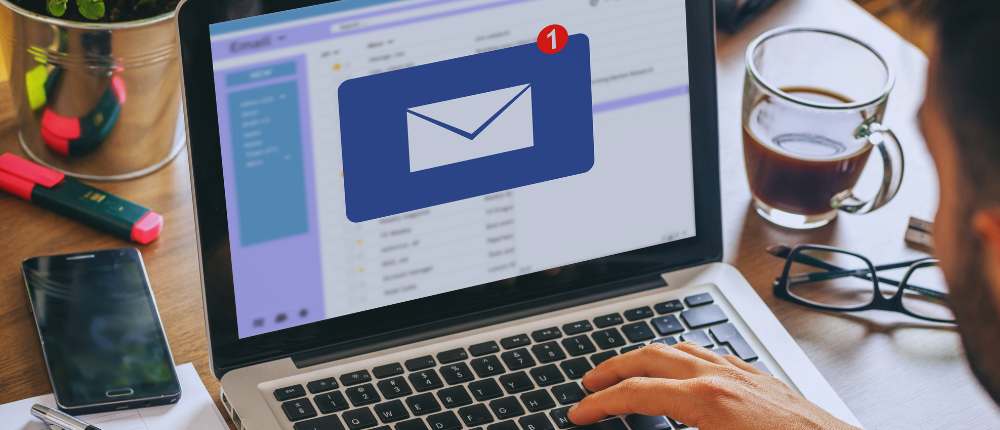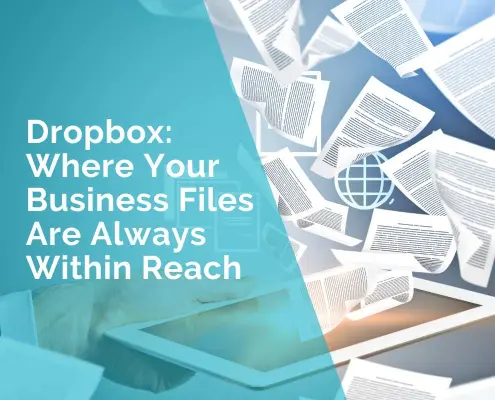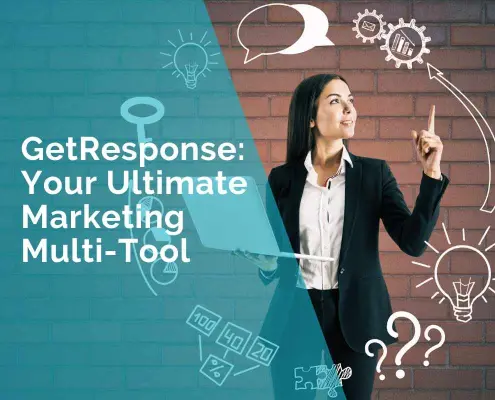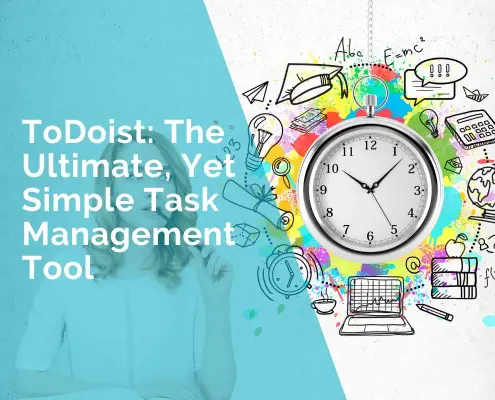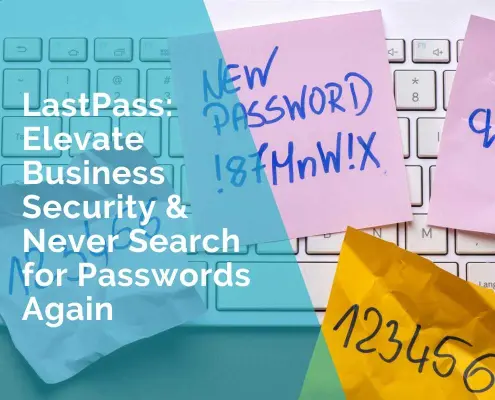Success Strategies for Email Marketing in 2024
When it comes to building brand awareness, relationships with the audience, and generating leads or conversions, email marketing is the way most brands go. According to statistics, about 87% of marketers and 81% of businesses worldwide utilize email marketing.
However, this huge figure also indicates tough competition, which means you need to put in a lot of effort to get the most out of email marketing campaigns. But don’t worry, we are here to help you out. In this blog post, we will be discussing successful strategies that you can consider following to stand out tall in the competition.
Most Effective Strategies for Email Marketing Success
There is a long list of email marketing strategies that you can find on the internet, however, in this section, we will be only discussing the ones with the highest success rate.
1. Good Knowledge of the Audience
It is obvious that people will only pay attention to your message or email when it is relevant to them. Due to this reason, it is considered an effective strategy to get a strong understanding of the targeted audience before creating emails for them. This will involve knowing their:
- Needs & Preferences
- Pain points
- Quality requirements
The question that arises here is how you can know all these things about your audience. Numerous ways can be taken in this regard. For instance, you can create buyer personas or perform targeted market research to determine current trends and customers’ interests.
Besides this, you can also consider organizing surveys or interviews with the audience to learn about the specific needs, preferences, and pain points.
Once you have a strong understanding of your audience, you can then tailor the marketing campaigns accordingly for maximum results.
2. Segmentation & Personalization is the Key
Segmentation & personalization play a key role in making email marketing successful. Segmentation involves the division of targeted audience email lists into different classes according to pre-defined criteria such as:
- Job title
- Gender
- Budget requirements
- Purchase or browsing history
After dividing the audience lists into different segments, it will become easier to draft and send them perfect emails.
When it comes to personalization, it is important to note that it is quite a broad term. In general terms, email personalization refers to the process of mentioning the recipient or prospect’s name both in the subject line & body.
Moreover, advanced personalization also involves varying the email content based on gender, location, etc. Obviously, when a potential customer receives a personalized email in the inbox, they would mostly like to feel valued, leading to building trust and credibility.
3. Invest Time & Resources in Crafting Quality Email Content
Just like any other type of marketing i.e., content marketing, digital marketing, etc. Email marketing success also quality content. Good content not only convinces the readers but also encourages them to visit the official platform and make purchases.
To fulfill quality email content requirements, you will need to take care of only two elements: Attention attention-grabbing subject line, and clear and concise email copy.
Crafting Engaging Subject Line:
Around 47% of people open an email based on its subject line alone, a survey claimed. This shows how important a subject line is in email marketing. That’s why experts suggest keeping it as compelling as possible.
To do so, the rule of thumb is to make use of attractive and powerful words and phrases, instead of casual or boring ones; see the example below to get a better idea.
Original Version:
A Notification – We are expanding our facilities to new locations
Engaging Version:
We’re moving – See where you can find our expanded facility
As you can see, the second version is more attractive, because it’s written using persuasive wording and sentence structure.
Creating Concise Email Copy:
It has been observed that most recipients ignored the email after finding that it was too long to read. So, it is necessary to concisely deliver your message which can be done by avoiding the use of unnecessary words, phrases, or even details when writing email copy.
Moreover, you should also try to use shorter alternatives such as try using “About,” or “Around,” instead of “Approximately.” However, there is still a strong possibility that most of you (even the ones with good writing skills) may face hurdles in achieving conciseness in email.
In such cases, advanced AI-powered tools like Summarizer.org can be an automated solution. The tool will effectively condense your given email by removing all the unnecessary words and phrases while keeping the original meaning unchanged.
Call to Action:
Finally, a Call-to-Action (CTA) is the most important element in emails that guides the recipients about what to do next like making a purchase, signing up for a newsletter, etc. CTA can be a link, word, or phrase. But it should be clear, and compelling for maximum chances of clicking.
4. Pay Attention to Email Template
The email design or template you are using plays a crucial role in keeping the audience engaged and interested. A good template will allow the recipient to seamlessly skim through the given information, leading to maximum chances of lead generation or conversion rates.
So, it is recommended that you should spend time and effort designing an engaging template. You can either do this on your own or hire a specialized person, which will cost you more.
As another solution, you can also go for online platforms like – Mailchimp. Platforms like this one provide pre-designed templates that marketers can choose according to their personal needs and preferences. Not only this, it also gives the option to edit or modify the templates for maximum customization.
However, while choosing and adding a template, it is necessary to make sure it is perfectly responsive on different devices such as mobile, desktop, tablets, etc. Neglecting the template responsiveness can greatly affect the response rate of email marketing campaigns.
To improve open rates with responsive email templates, ensure they are designed to adapt seamlessly across all screen sizes.
5. Send Emails on the Right Day & Time
Remember, no matter how quality email you have created, if you are sending it at the wrong day or time, then there is a strong it will not provide the required results.
So, it is considered a successful strategy to send emails on the right day and time according to the targeted audience. However, usually, the best days for sending emails are Tuesday & Thursday, research says.
When it comes to time, 9 am-11 am is most likely to experience higher open rates. Besides this, early afternoon (1-2 pm) is also considered a good time.
Remember, do not just stick to the days and times we have mentioned, as these can vary depending on the audience. This can be especially true if your targeted audience is from a different time zone. So, decide your day & time carefully, if you don’t want to waste all the efforts spent on crafting a clear and compelling email campaign.
6. Employ A/B Testing Technique
A/B testing is a proven marketing strategy or method that involves comparing two versions of a webpage, email copy, etc. to determine which resonates the best with the audience.
So, as a marketer, you should create multiple versions of:
- Subject lines
- Emails copies
- CTAs
And then send the different versions to specified portions of the audience to determine which version provides the best results. Start using the most successful version for maximum open rate, clicks, engagements, etc.
Remember, you should not perform A/B testing for a few days and pick the best winner. Instead, it is necessary to extend the process for multiple weeks or months, so that significant data is collected about each variation.
7. Track & Analyze
The heading name already tells everything. It is also an excellent email strategy to continuously track and analyze the progress of ongoing campaigns. This will help you identify areas where emails are providing good results, giving a sense of motivation.
Additionally, regular monitoring will also allow marketers to determine areas where improvement is required. So that, necessary steps can be taken to adjust the email marketing strategy accordingly. Now most of you will be thinking about how to efficiently track and analyze sent emails. This can be easily done through tools.
On the internet, you can find a bunch of email analytics tools that provide detailed insights about sent emails such as percentage of open rates, clicks, conversions, and many more.
8. Keep Cleaning the Email List:
Finally, as a marketer, you should regularly remove inactive, invalid, or spam emails of subscribers from the final list. Doing so can be useful for several reasons such as:
It improves deliverability: Since invalid or spam emails are removed, this improves email deliverability, ensuring that your messages reach real people or customers
It increases engagement: When the active audience is approached through email campaigns, it will automatically give a boost to overall engagement – which is the primary goal.
It reduces overall cost: If you are using online marketing platforms for running campaigns, then it is important to note that they will charge you based on the email lists. So, cleaning the list will cut down the overall cost.
Final Thoughts:
Undoubtedly, email marketing is the most effective tactic for taking an online business, brand, or store to new success heights. However, to make it work for you, it is crucial to follow the right marketing approach. In this blog post, we have discussed some of the successful strategies for email marketing that can be adopted in this regard. We are quite hopeful that you will them beneficial.
***
Author: Ben Dunk

